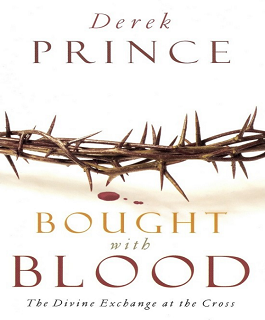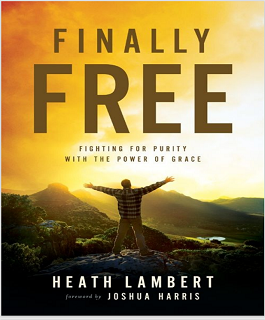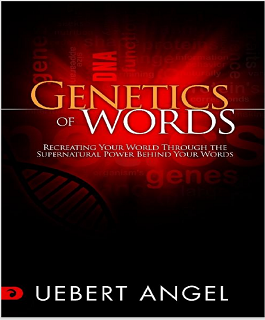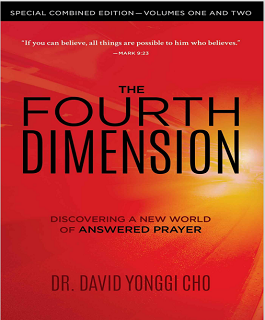Bought with the blood
To read a book, Please sign into your account.
loginCHAPTER 1
One All-Sufficient
Sacrifice
A single theme runs throughout this book: atonement.
This word is comparatively rare in contemporary English.
In fact, many English-speaking people today do not even
know what the word means.
Its meaning begins to appear, however, when we divide
the word up into its three syllables: at-one-ment. That is
what atonement really means—that God and the sinner
are brought into a relationship in which they are atone. A
more common word today is reconciliation. Through the
cross God and the sinner are reconciled to each other.
There is a vitally important difference between the word
translated atonement in the Hebrew of the Old Testament
and the word translated atonement in the Greek of the
New Testament.
In Hebrew the word is kippur and means "covering." The
Day of Atonement was a day of covering. By the sacrifices
offered on that day, the sins of the people were covered—
but only for one year. The next year at the same time,
their sins had to be covered once more. The sacrifices
offered that day provided no permanent solution,
therefore, to the problem of sin; they merely provided a
temporary covering. On each successive Day of
Atonement, that covering was extended for one more
year.
The picture of atonement in the New Testament is totally
different. We see this when we contrast two passages in
Hebrews—the book that deals, above all others, with Jesus
as our High Priest and with the sacrifice He made on our
behalf.
First, Hebrews 10:3-4 speaks of the sacrifices of the Old
Testament: "In those sacrifices there is a reminder of sins
every year." So, far from taking sin away, those sacrifices
reminded the people of the problem of sin. "For it is not
possible," the writer continues, "that the blood of bulls
and goats could take away sins." The central issue here is
taking away sins, not merely covering them.
In Hebrews 9:26, on the other hand, the writer speaks
about what was accomplished by the death of Jesus, in
direct contrast to the Old Testament sacrifices. In the
second half of that verse, speaking of Jesus, the writer
says: "But now, once at the end of the ages, He has
appeared to put away sin by the sacrifice of Himself."
So when Jesus came and offered Himself as a sacrifice on
the cross, He put away sin. This action contrasts with the
Old Testament sacrifices, which merely reminded people
of the fact that sin had not been dealt with and provided a
covering that was valid for only one year.
When John the Baptist introduced Jesus in John 1:29,
therefore, he said, "Behold! The Lamb of God who takes
away the sin of the world!" Notice once again how
different this is from the Old Testament. Jesus took away
sin. For that reason, for those who have accepted His
sacrifice, there remains no further sacrifice for sins











